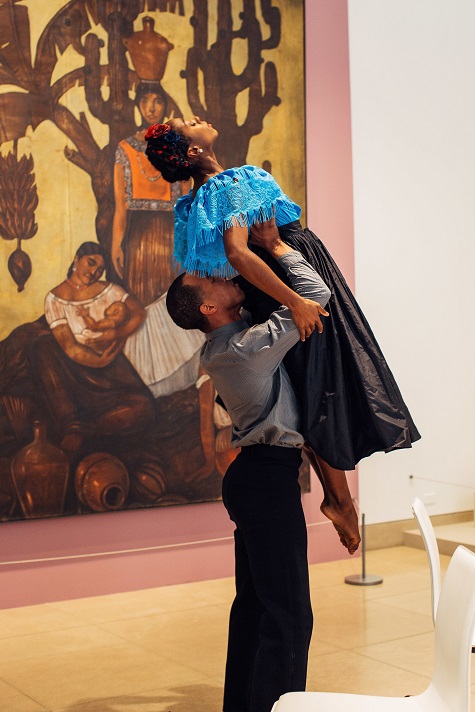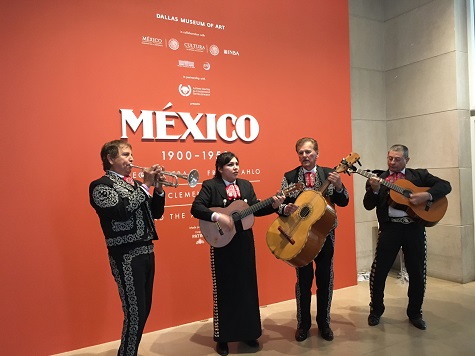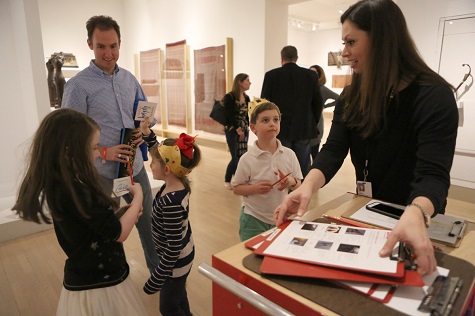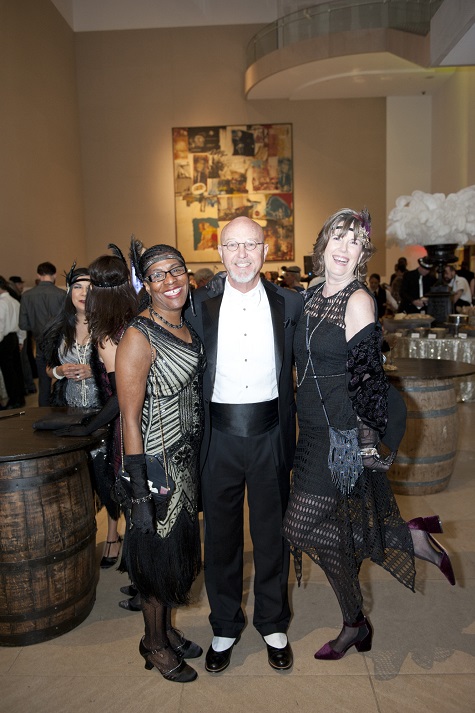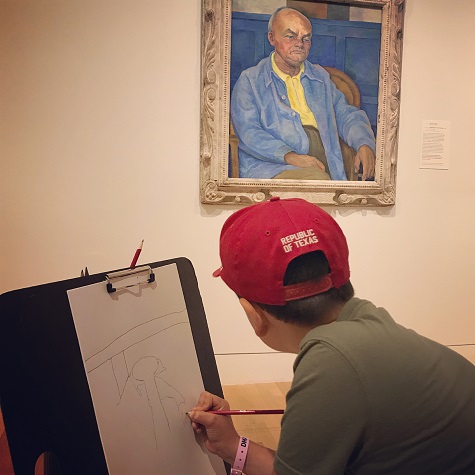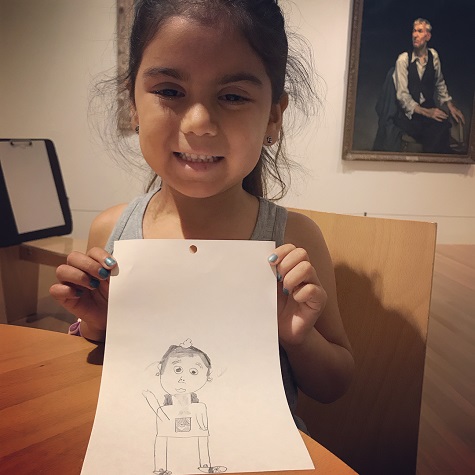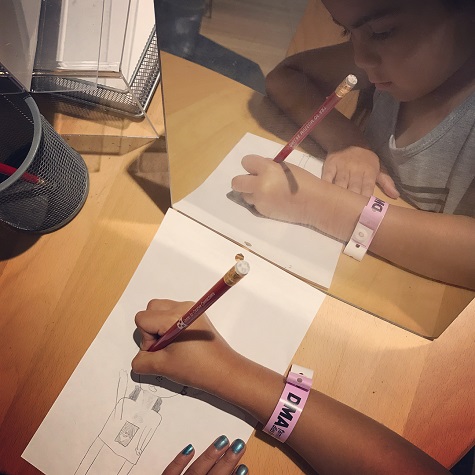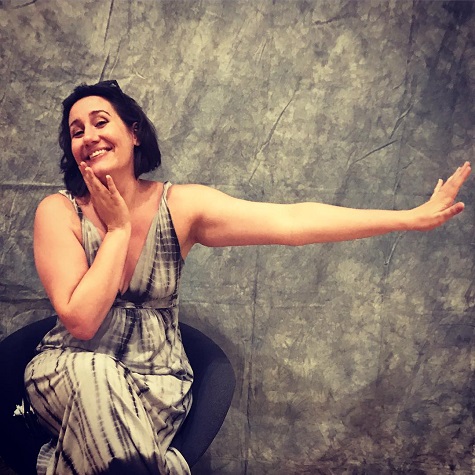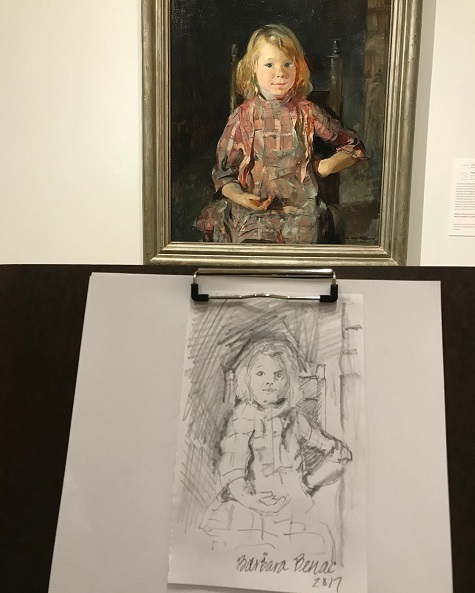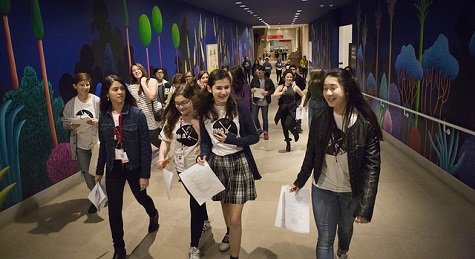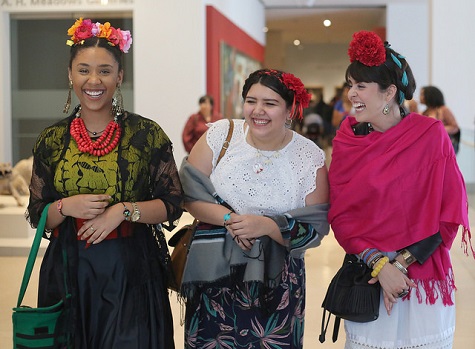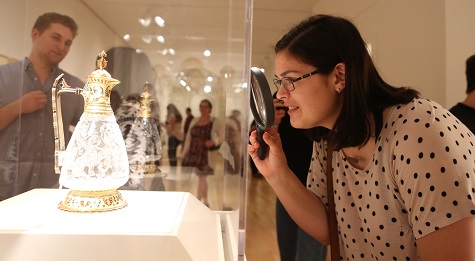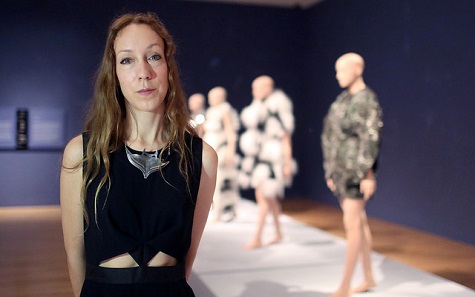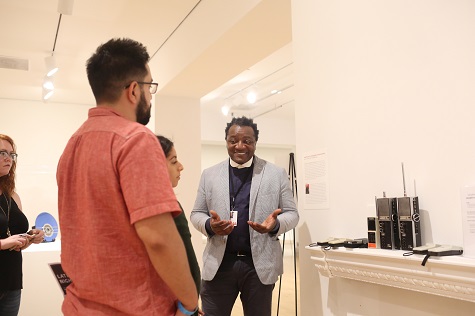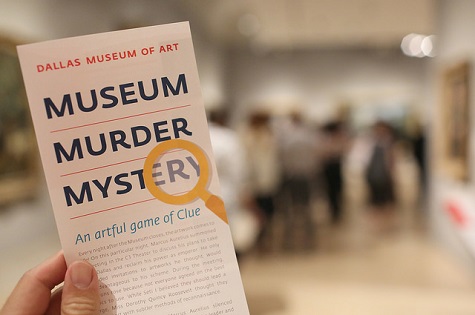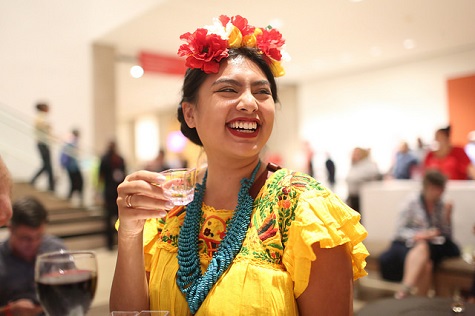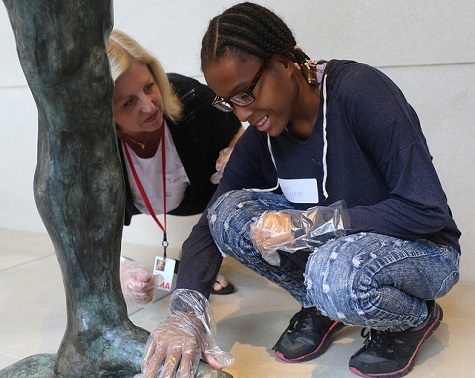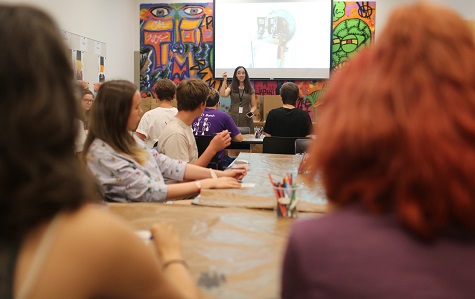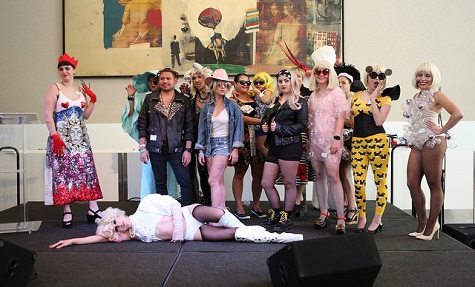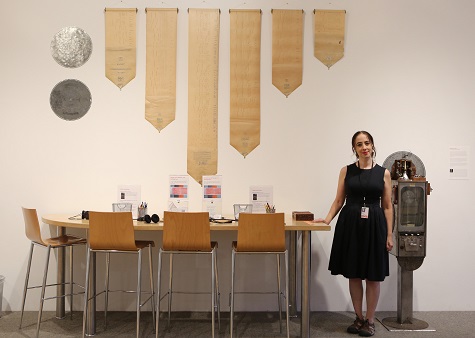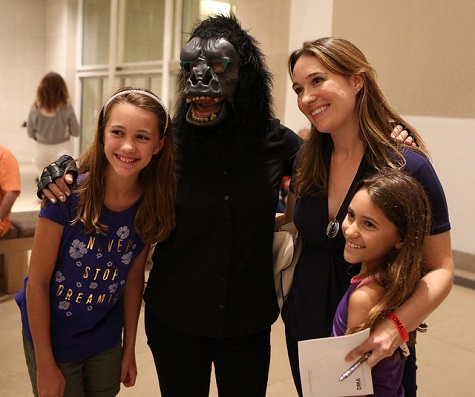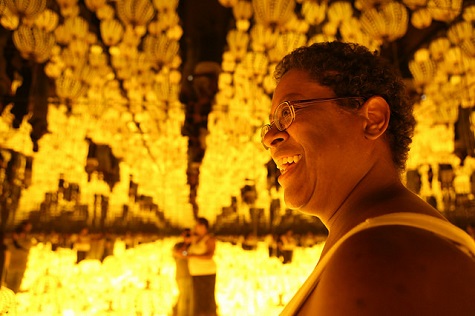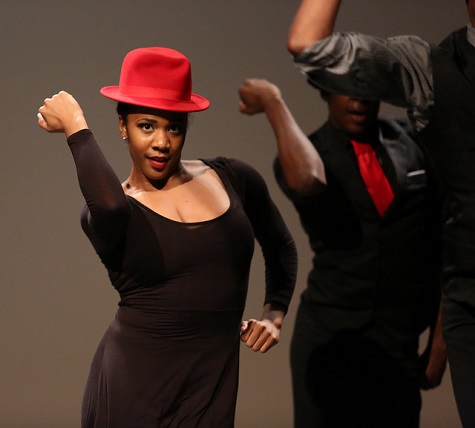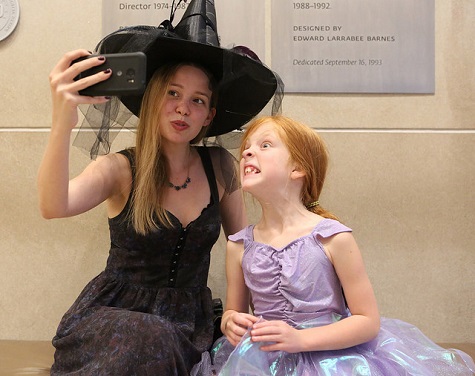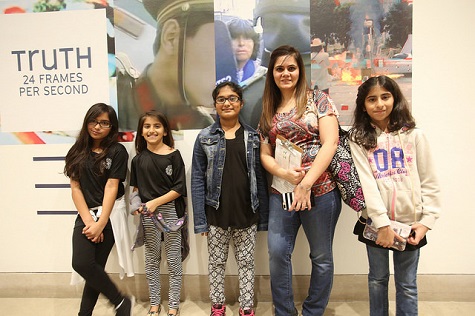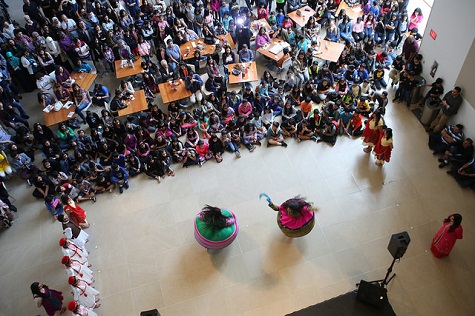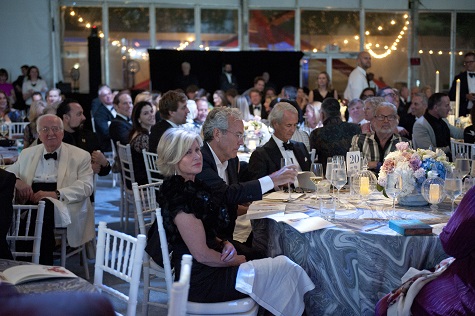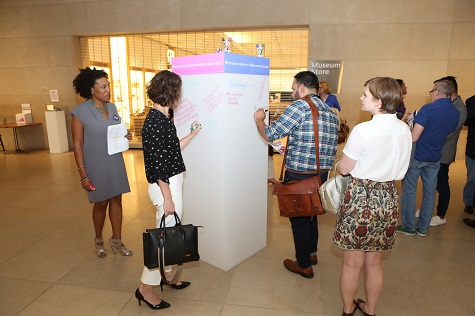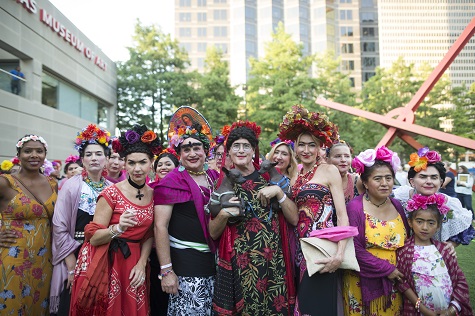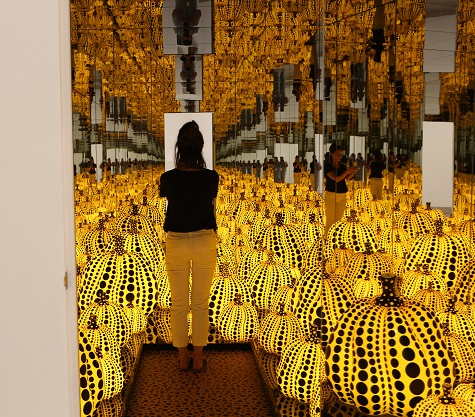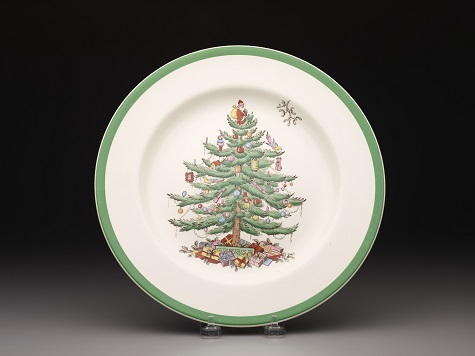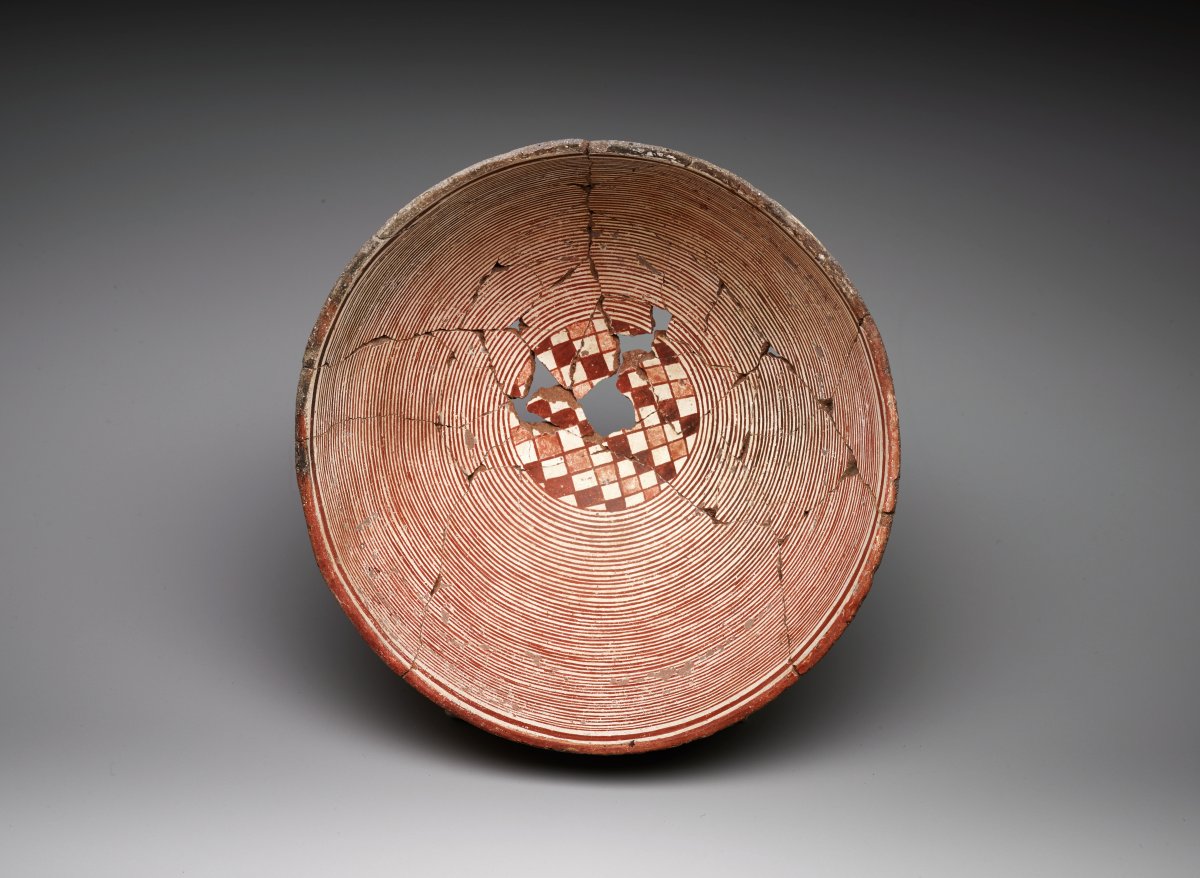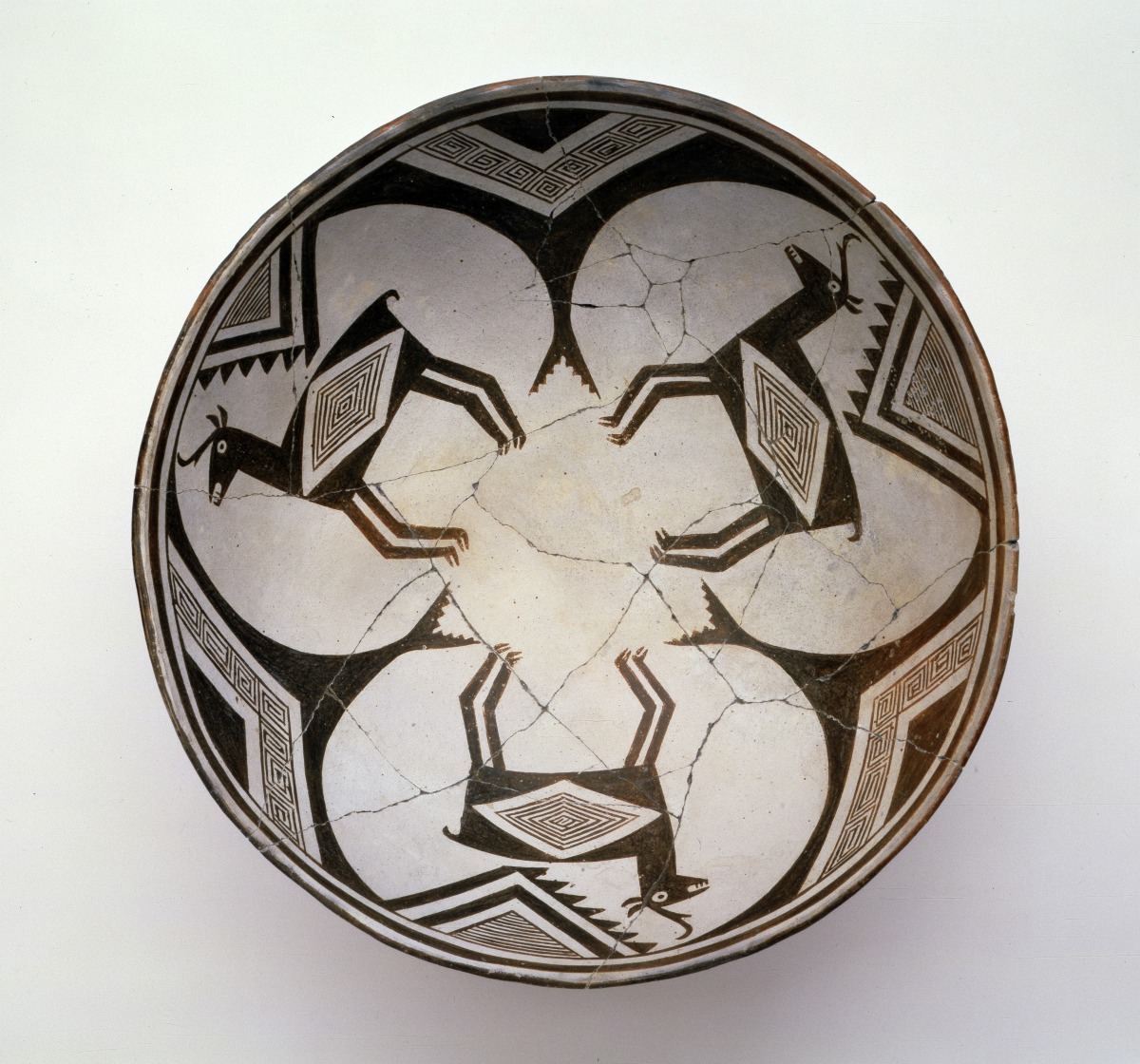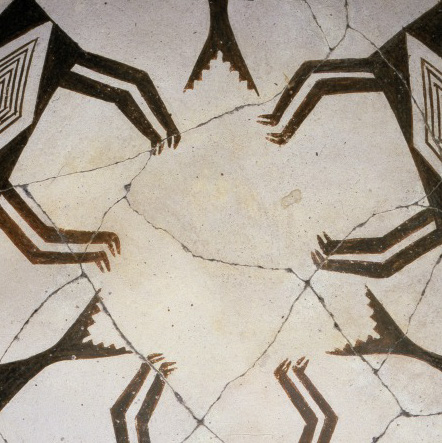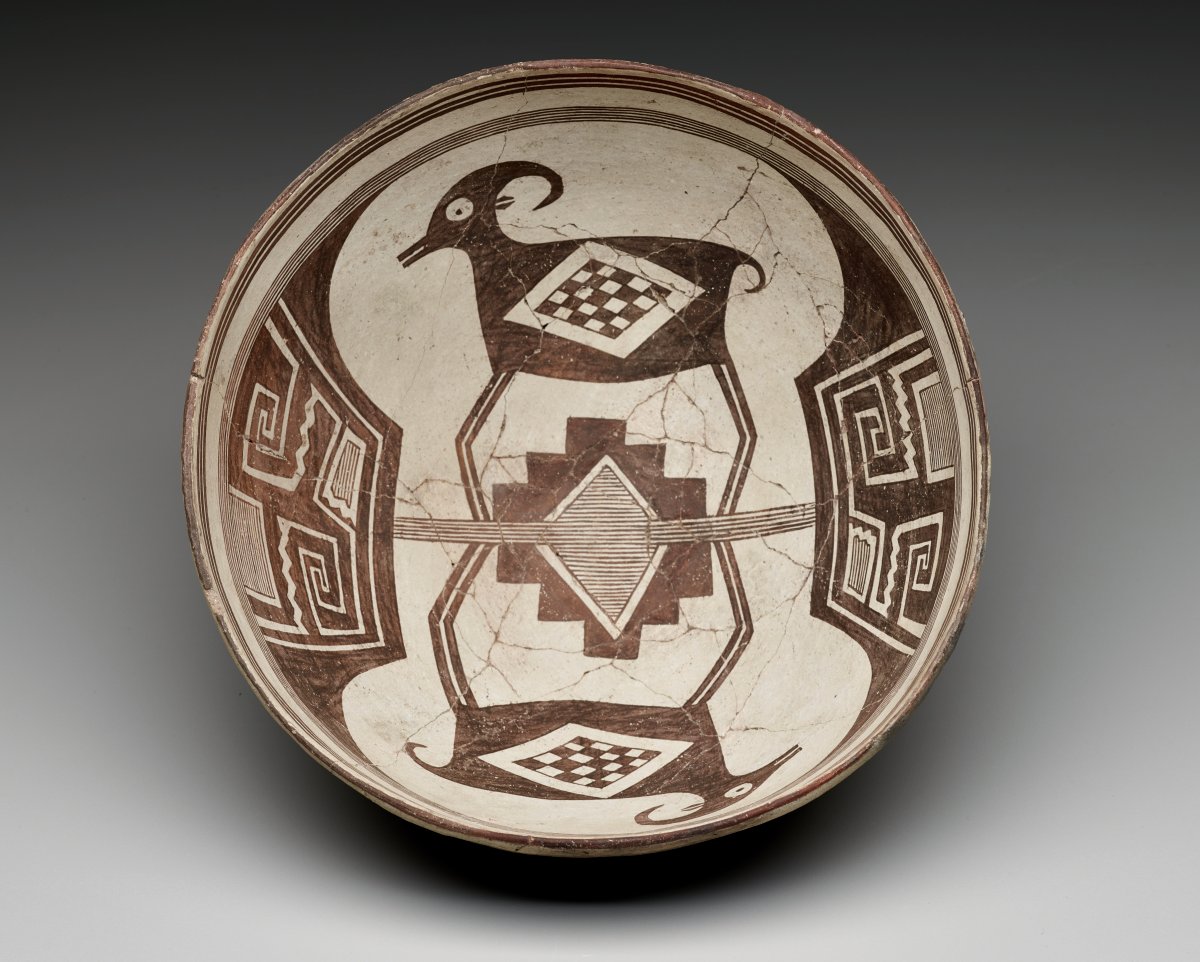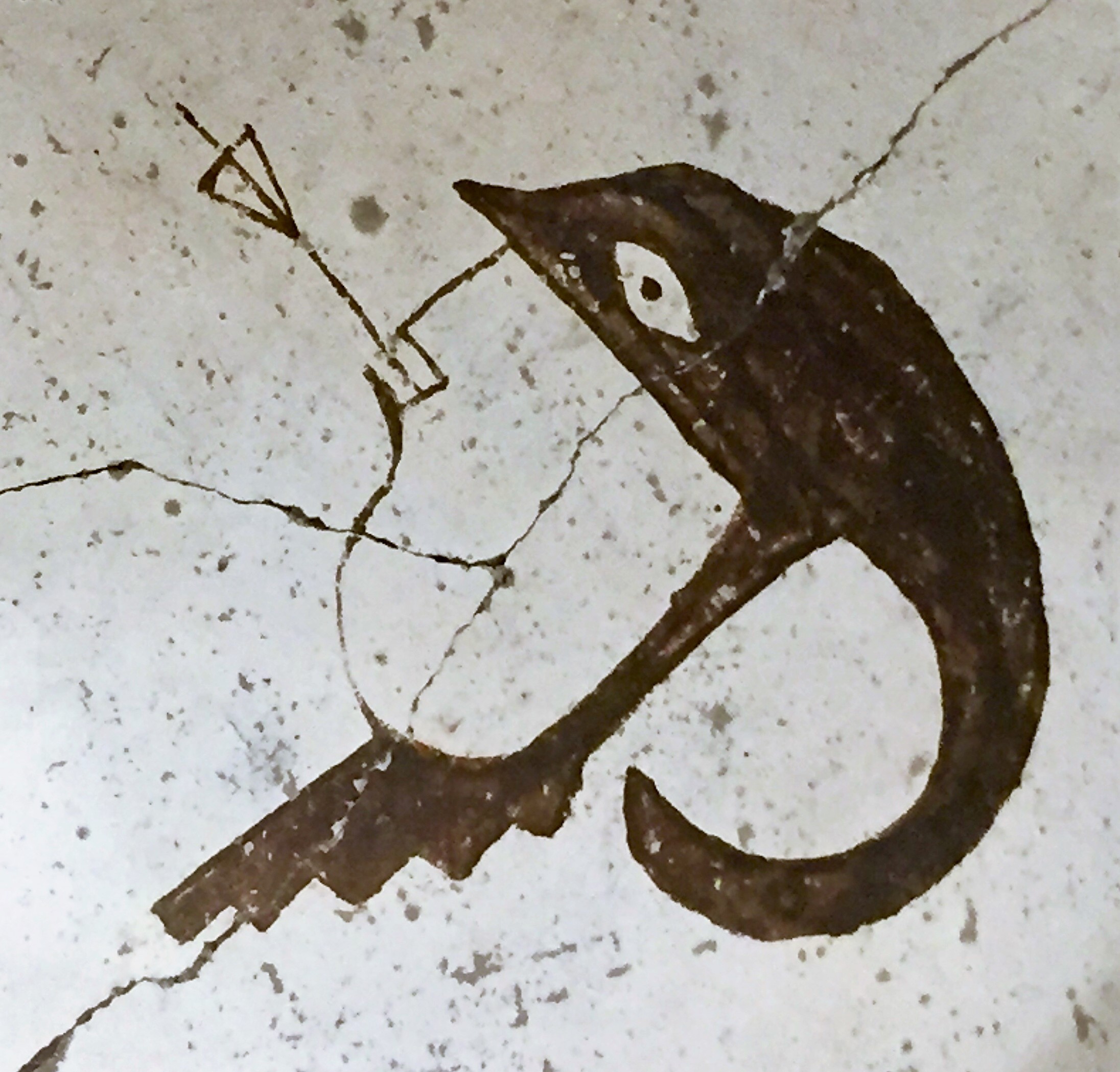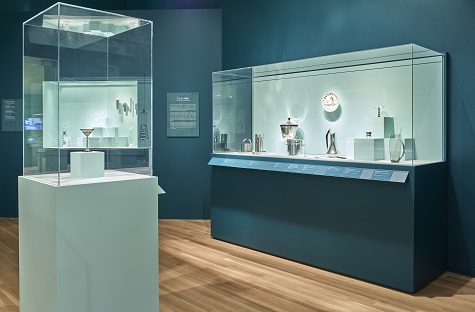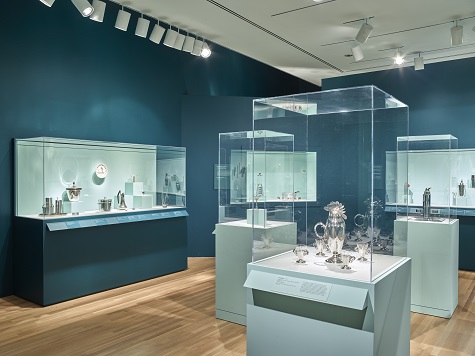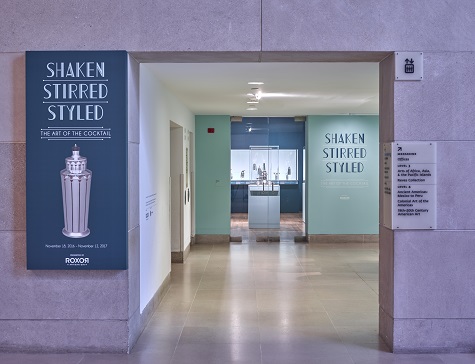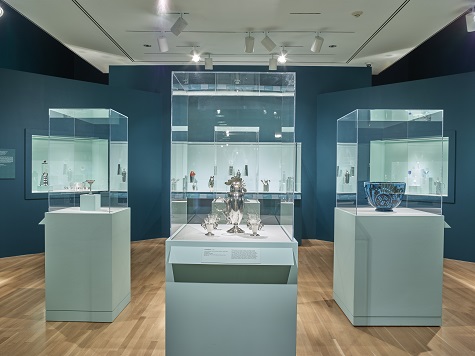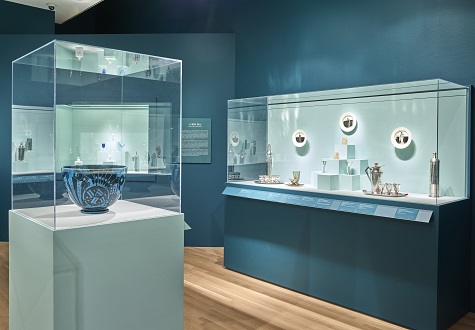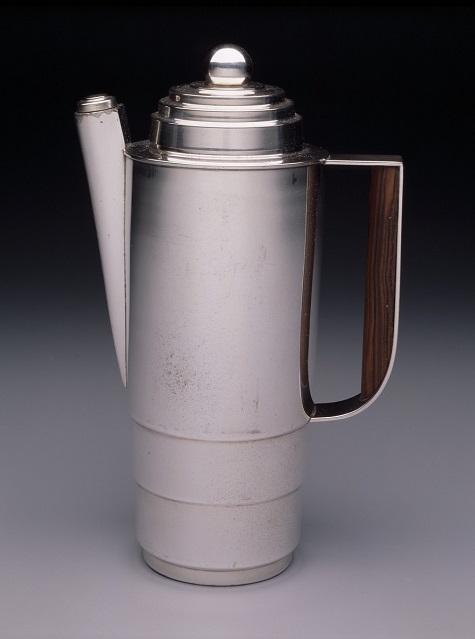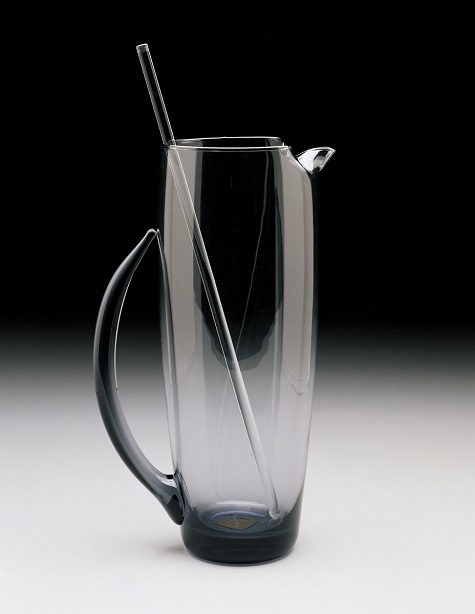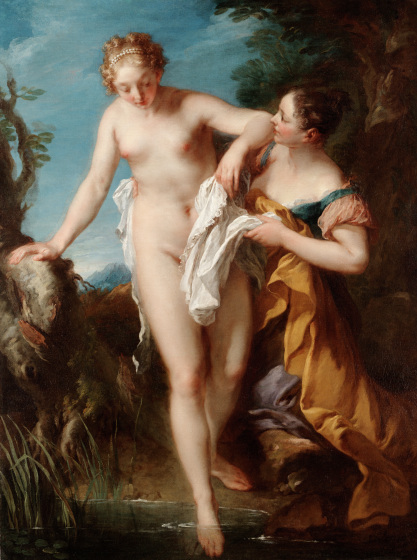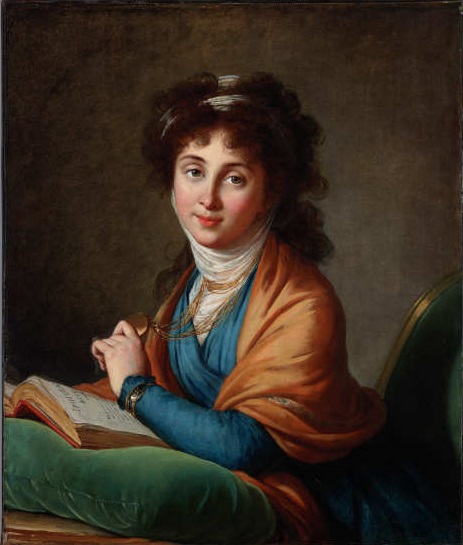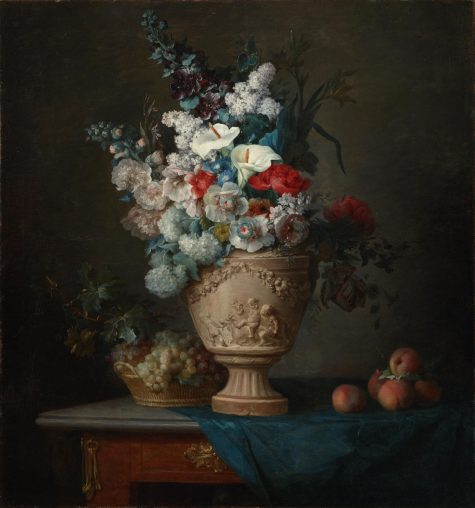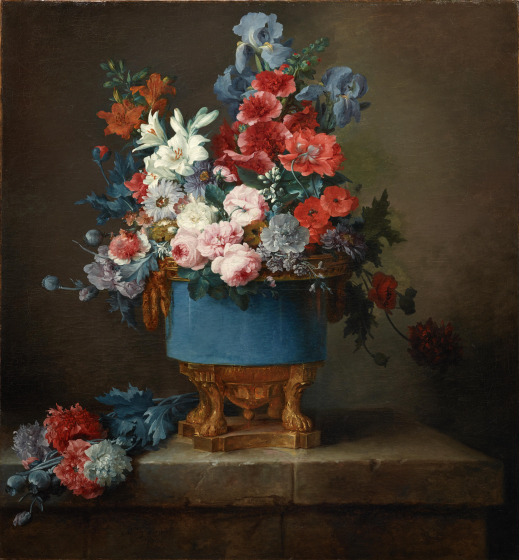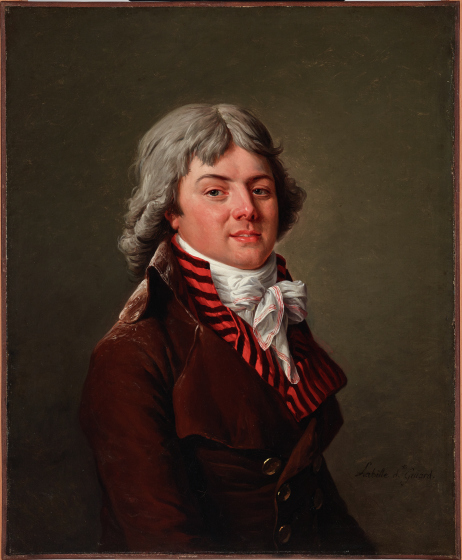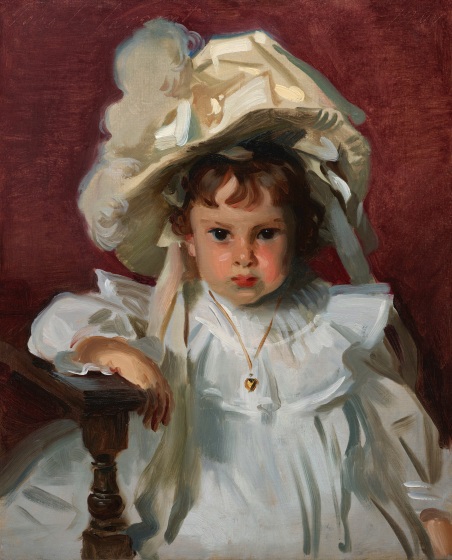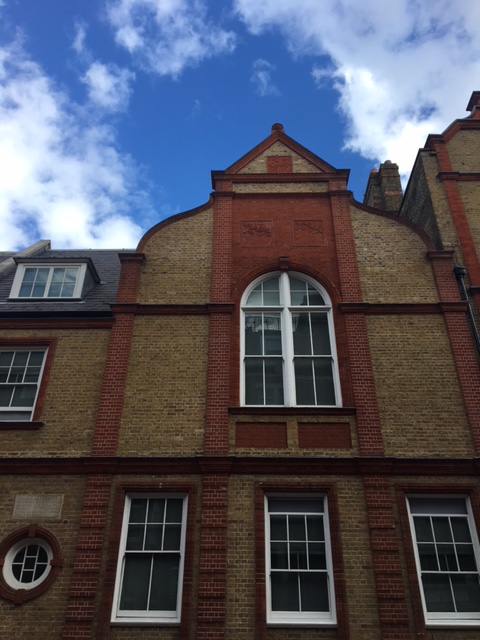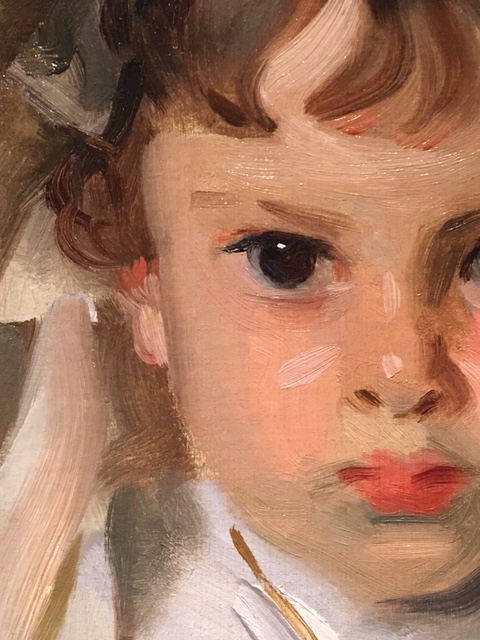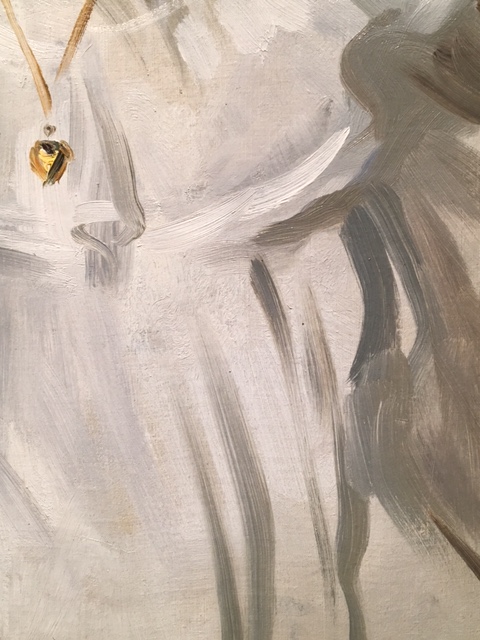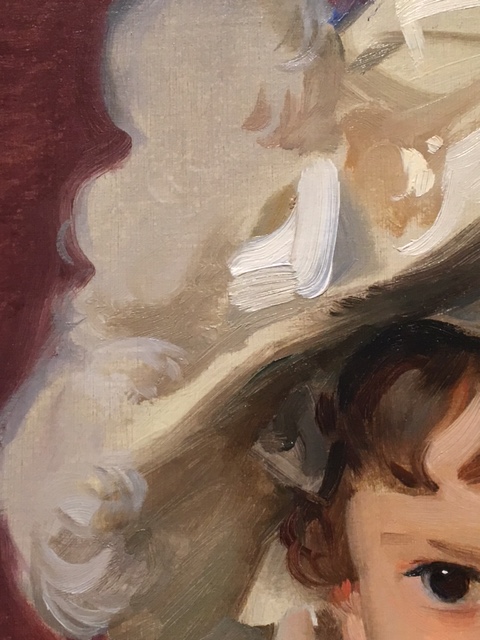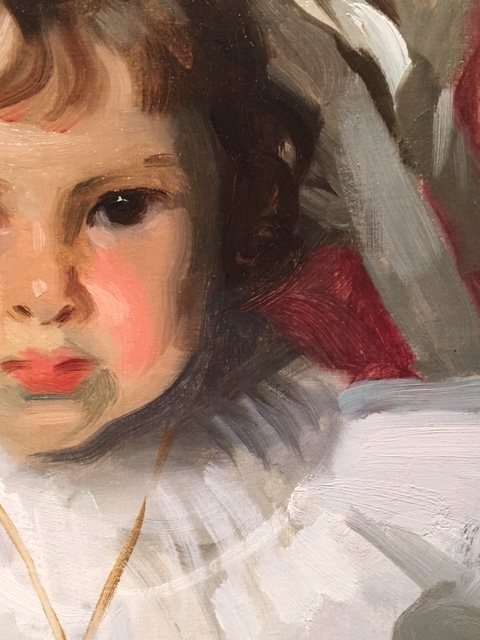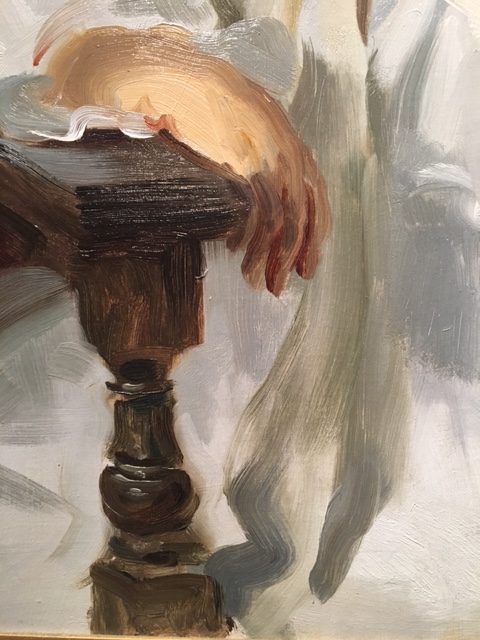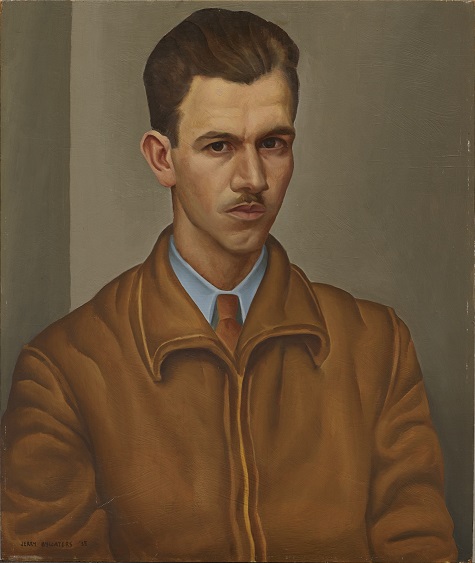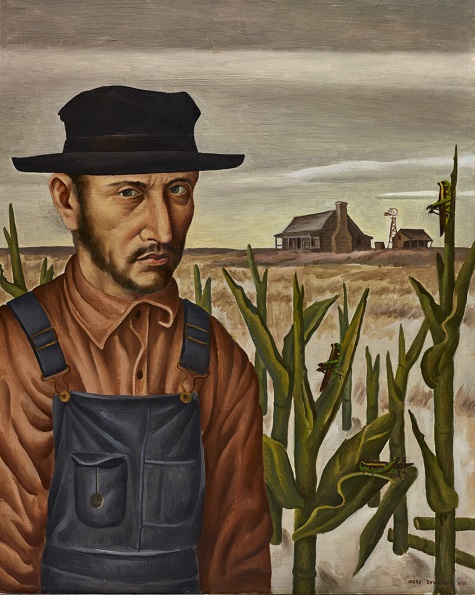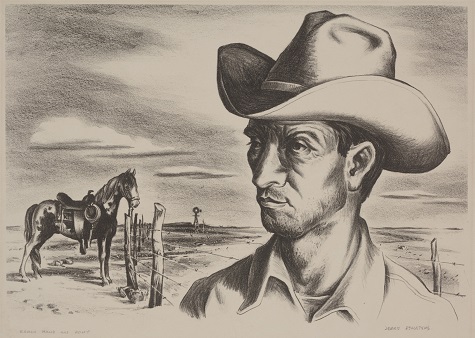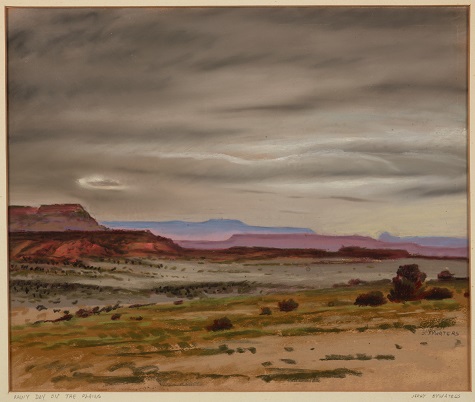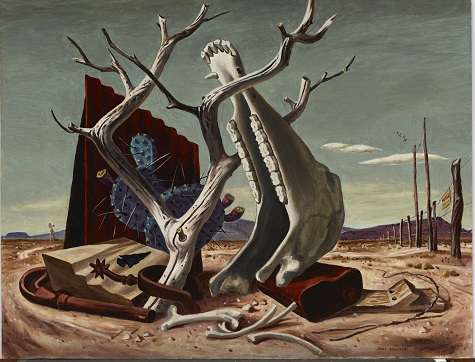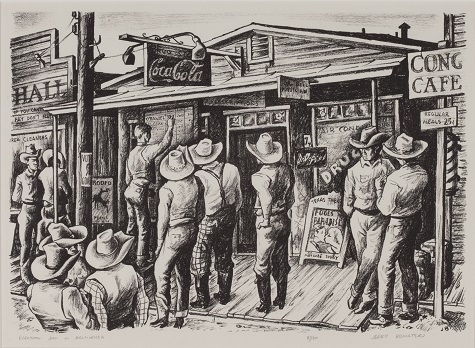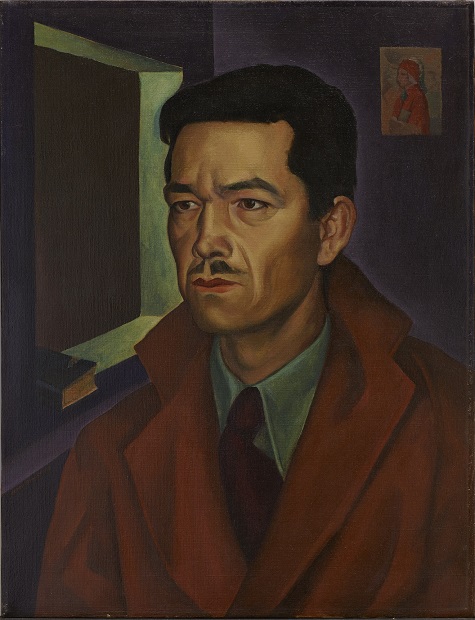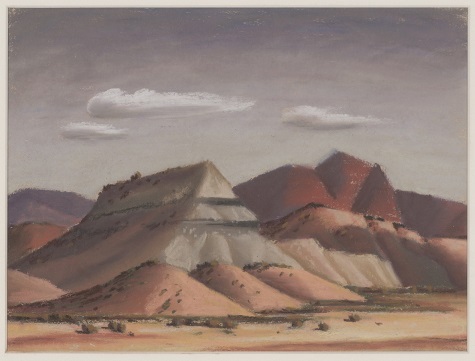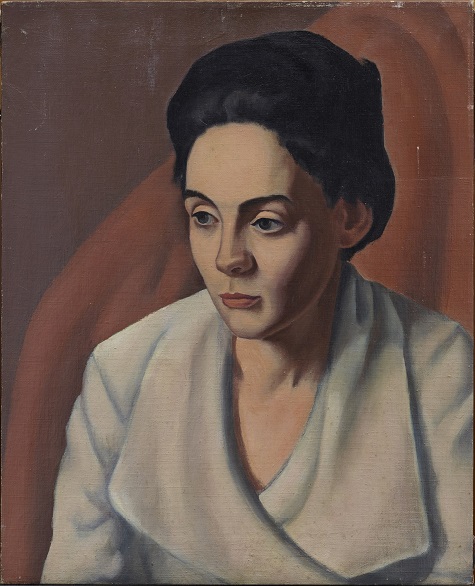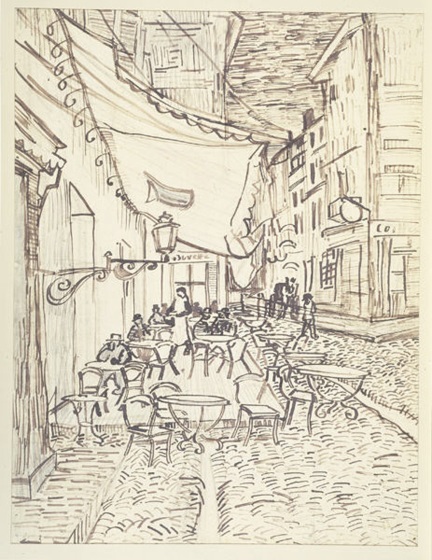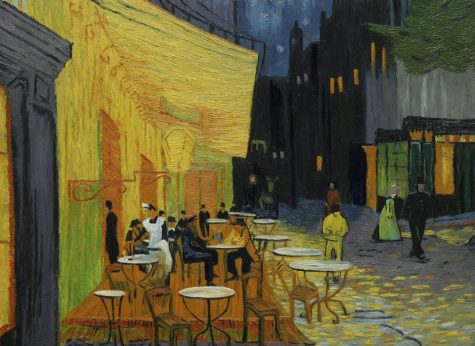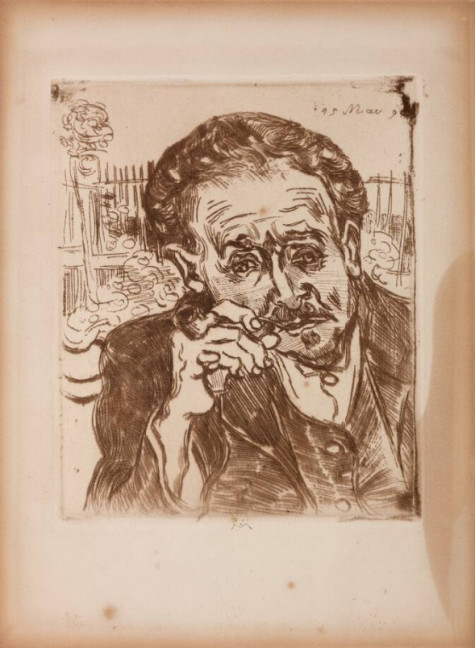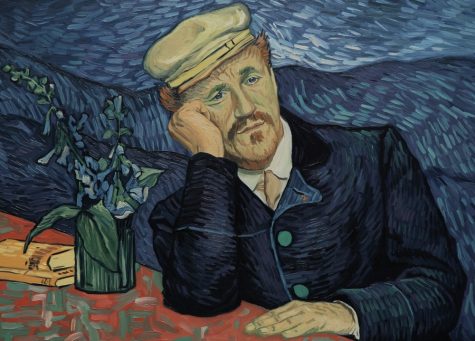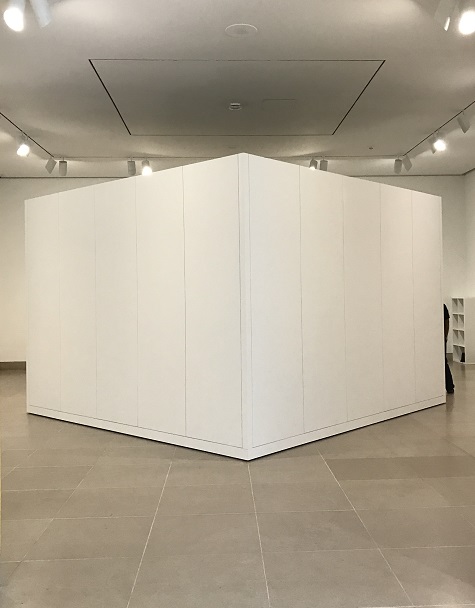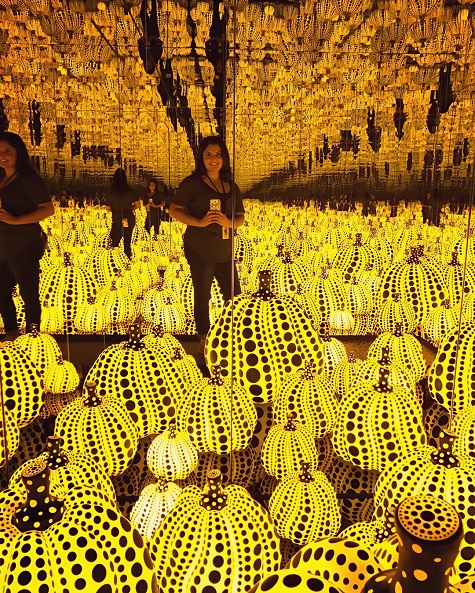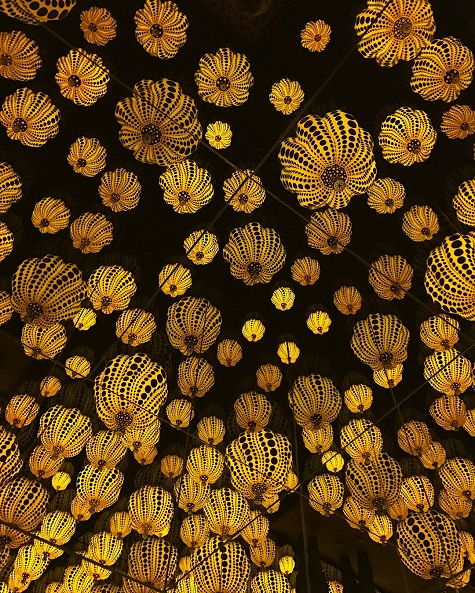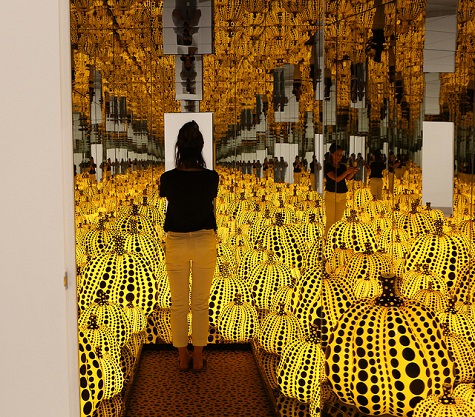Truth: 24 frames per second is the DMA’s first exhibition dedicated to time-based media and showcases many works from the Museum’s growing collection. But what is time-based media and why is it relevant? How do we experience it (and don’t forget you can experience it for free for the final week! The exhibition is on view through January 28)?
Time-Based Media (TBM) refers to works of art that have a fourth-dimension: time. Any artwork that changes meaningfully over a period of time can be considered TBM. Typically, TBM works are made using video, sound, film or slide-based installations, or computer technologies. As a viewer, a key aspect of experiencing TBM is observing it over time.
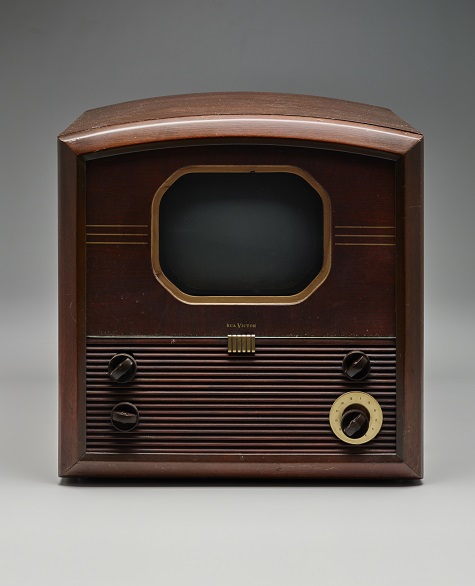
Nam June Paik, Music Box Based on Piano Piece Composed in Tokyo in 1954, 1994, Vintage TV cabinet, Panasonic 10 TV model 1050R, Panasonic mini video camera, incandescent light bulb and 144-note music box mechanism, Dallas Museum of Art, bequest of Dorace M. Fichtenbaum 2015.48.113
Beginning in the 1960s with the invention of the portapak (the first portable video equipment), artists who were losing interest in material objects turned to video and sound. Experimental artists like Nam June Paik, Wolf Vostell, and Joan Jonas were attracted to the transitory, immaterial qualities of sound and the moving image and the medium quickly spread.
TBM was viewed as an egalitarian art form, due to the medium’s relative affordability as well as its unchartered nature. Because TBM was not initially considered by art historians to be a valid art form, artists considered it a “founding father free zone,” where there was no canon against which to be measured. Video art, in particular, was used by many artists involved in social movements. Through its capability for wide distribution, video art offered opportunities for raising consciousness through documenting injustices and representing communities previously under or misrepresented. In Truth: 24 frames per second, Arthur Jafa’s work, Love Is the Message, the Message is Death, speaks poignantly to the role of media and representation in contemporary society.

Arthur Jafa, Love Is the Message, the Message Is Death, 2016, HD video, color and black and white, sound, 7:30 min., Courtesy of the artist and Gavin Brown’s enterprise, NY
Unsurprisingly, over the following decades TBM works have evolved in step with technology. Contemporary artists produce TBM works with everything from cellphone footage to crowd sourced YouTube clips. One example of the influence of technological advance on TBM is Western Flag (Spindletop, Texas), a work by John Gerrard in the exhibition. Though it presents as a video, Gerrard’s work is actually an eternally generating digital portrait coded to change in response to the time of day and year in Spindletop, Texas. As the sun sets and rises in Spindletop, Gerrard’s software mimics the change of light in on the screen.
Because of its reliance on technology, TBM presents unique challenges to museums who collect it. Most works are allographic in nature, meaning they only exist when installed and functioning, and each time they are installed can be considered an iteration of the work. As a result, there are conceptual considerations as to where, how, and with what technology individual works can be realized. TBM also presents complex challenges to conservators, who are tasked with considering and combating issues such as technological obsolescence, digital preservation, and even broken hyperlinks.
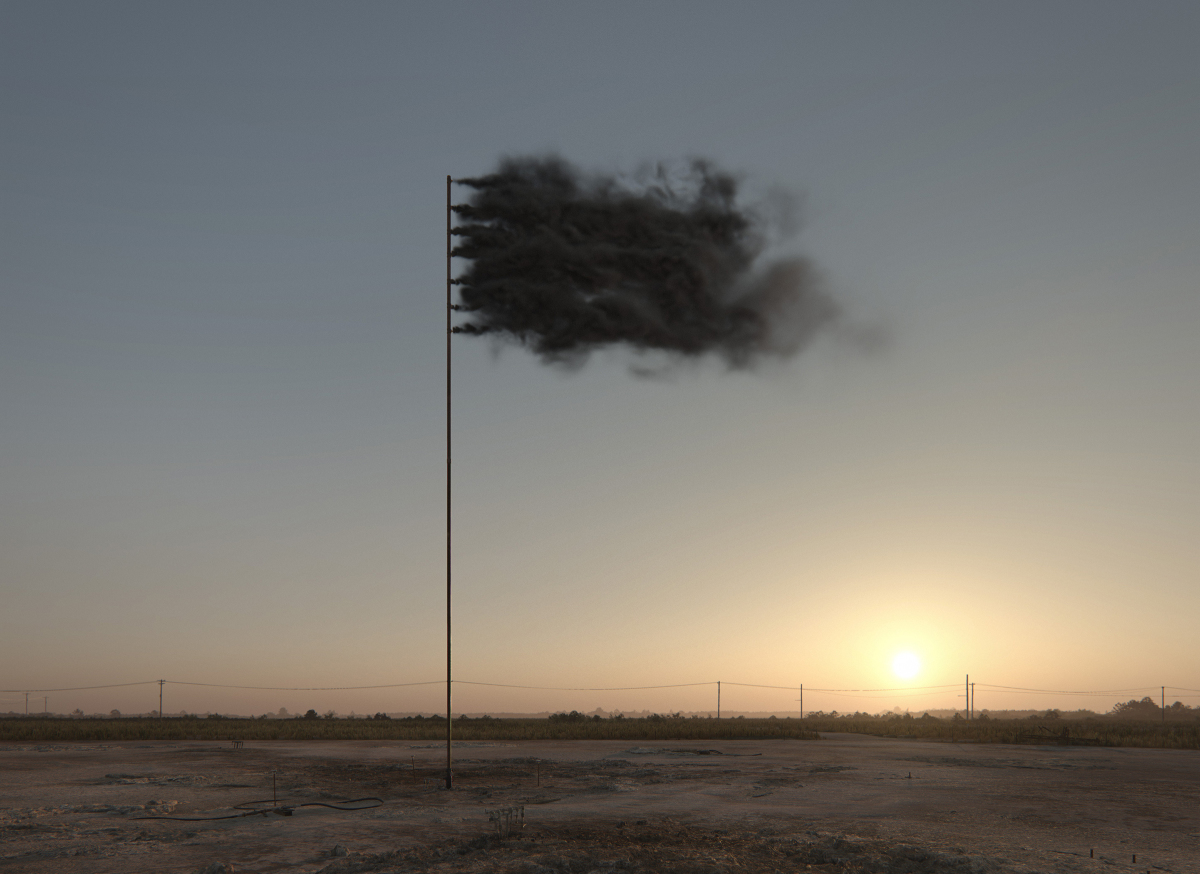
John Gerrard, Western Flag (Spindletop Texas), 2017, 2017, simulation, Courtesy the artist and Simon Preston Gallery, New York & Thomas Dane Gallery, London
TBM works can be intimidating to engage with, but one important thing to realize is that you don’t need to be present for the duration of the work to experience it. If a work catches your attention, stick around for it to restart and watch it in entirety. Wall labels include a run time, noting how frequently each work repeats. The ideal way to experience an exhibition like Truth: 24 frames per second is to see it multiple times in order to engage with the works at different moments. But hurry in, because the exhibition closes this Sunday, January 28.
Elise Armani is the McDermott Intern for Contemporary Art at the DMA
